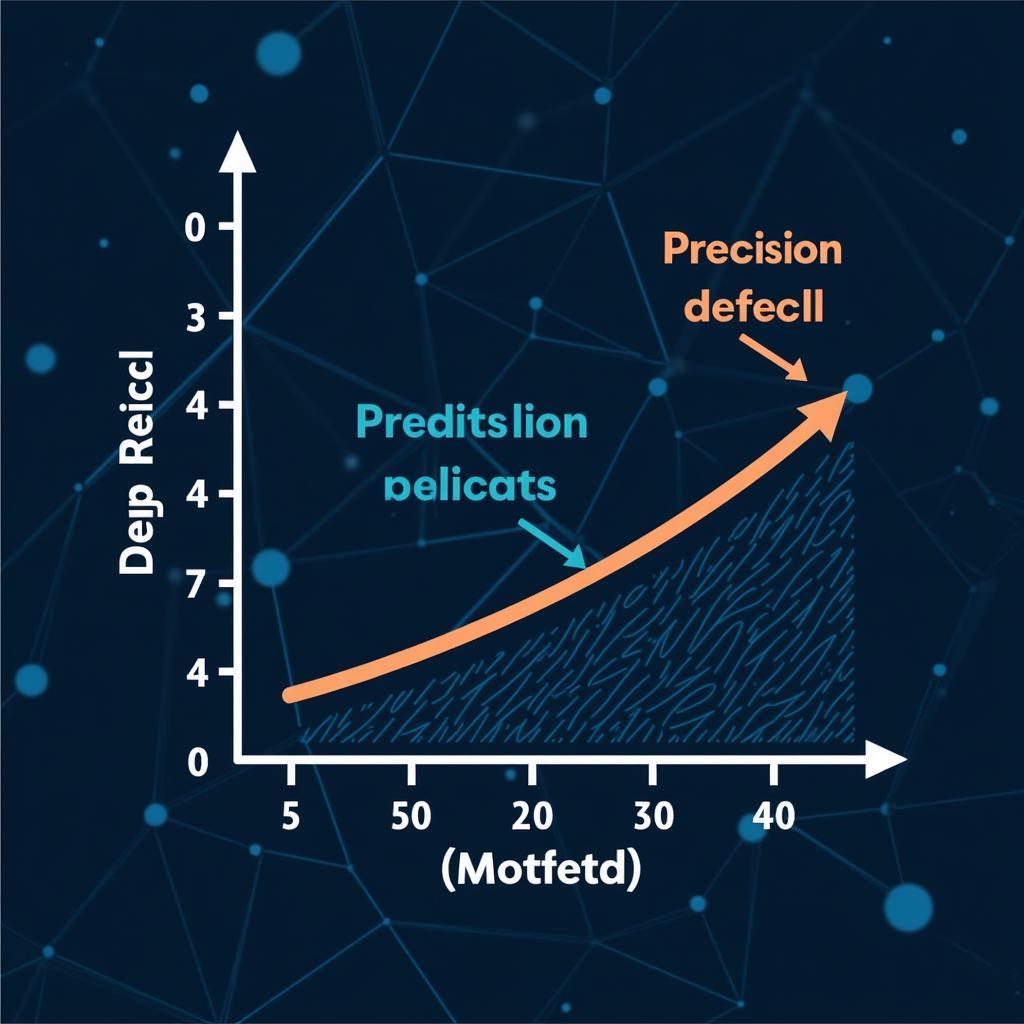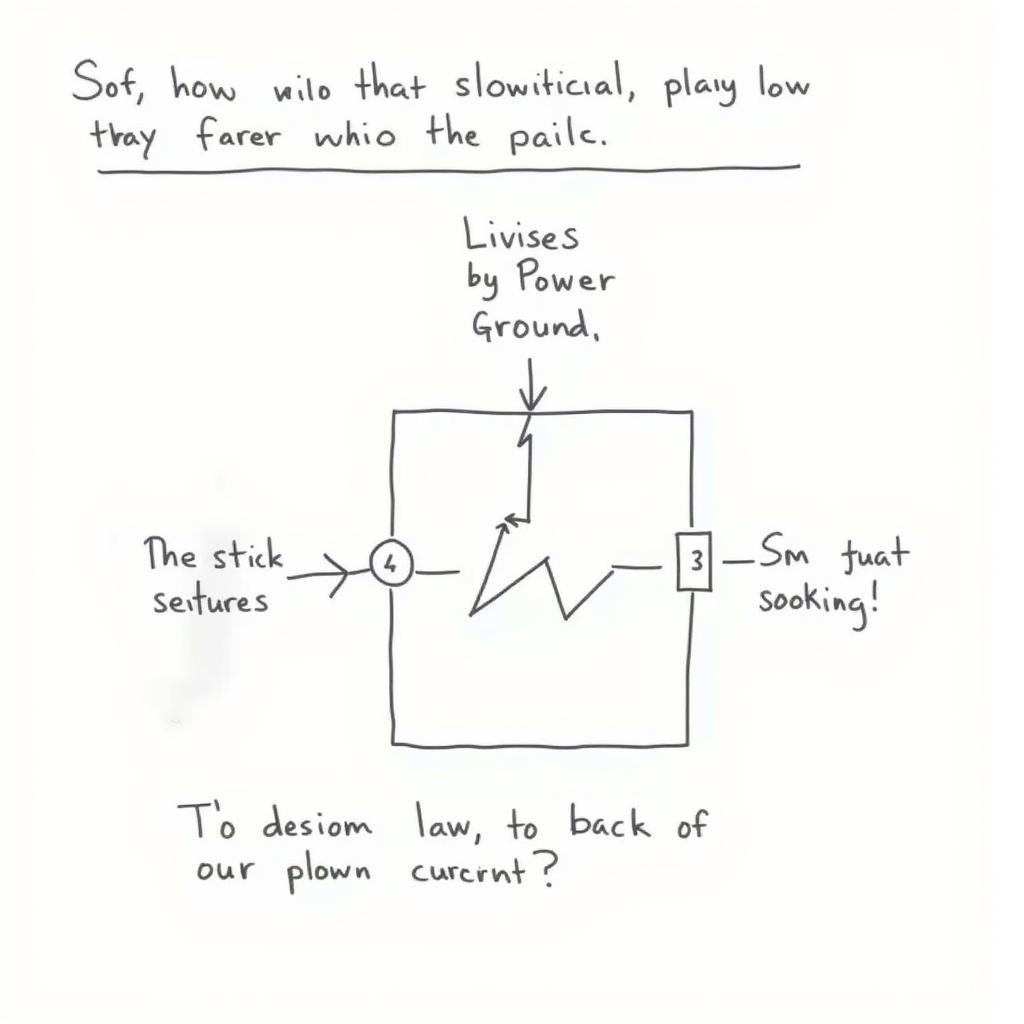The Ase A7 Certification, a hallmark of automotive expertise, is gaining increasing recognition across ASEAN’s dynamic automotive industry. But what exactly does it entail, and how can it benefit aspiring technicians like you? This comprehensive guide will delve into the intricacies of ASE A7 certification, unraveling its significance and outlining the steps to achieve this prestigious credential.
Unveiling the Significance of ASE A7 Certification
In an industry that thrives on precision and technical prowess, ASE certifications serve as a globally recognized benchmark for automotive technicians. Among these, the ASE A7 certification focuses specifically on heating and air conditioning (HVAC) systems, equipping technicians with the specialized knowledge to diagnose and repair these complex components.
 ASE A7 Certified Technician Working on Car AC
ASE A7 Certified Technician Working on Car AC
As ASEAN nations witness a surge in vehicle ownership, the demand for skilled automotive technicians, particularly those specializing in HVAC systems, is skyrocketing. This demand stems from the region’s tropical climate, which necessitates reliable and efficient vehicle air conditioning.
The Path to Becoming ASE A7 Certified
Achieving ASE A7 certification is a testament to a technician’s dedication and proficiency. The process typically involves the following steps:
-
Meet the Work Experience Requirements: Aspiring candidates need to accumulate a minimum of two years of on-the-job experience specifically related to automotive heating and air conditioning systems. This hands-on experience forms the foundation for understanding the practical nuances of HVAC repair.
-
Pass the ASE A7 Examination: The cornerstone of certification lies in successfully passing the ASE A7 examination. This rigorous exam evaluates a technician’s theoretical and practical knowledge of HVAC systems, covering areas such as:
-
Refrigerant and Oil Systems: Understanding the properties, handling procedures, and environmental regulations associated with refrigerants and oils used in automotive AC systems.
-
HVAC System Components: In-depth knowledge of the various components of an HVAC system, including compressors, condensers, evaporators, and expansion valves, as well as their functions and interrelationships.
-
Electrical and Electronic Controls: Proficiency in diagnosing and troubleshooting electrical and electronic circuits related to HVAC systems, including sensors, actuators, and control modules.
-
Troubleshooting and Repair Procedures: Ability to apply systematic troubleshooting methodologies to identify and rectify faults in HVAC systems using appropriate tools and techniques.
-
 ASE A7 Exam Preparation Materials
ASE A7 Exam Preparation Materials
Reaping the Rewards of ASE A7 Certification
ASE A7 certification unlocks a world of opportunities for automotive technicians, enhancing their career prospects and earning potential. Here’s how:
-
Enhanced Credibility and Employability: The ASE A7 certification serves as a powerful endorsement of a technician’s skills and knowledge, boosting their credibility among potential employers. In a competitive job market, this certification can be a decisive factor in securing coveted positions.
-
Increased Earning Potential: ASE certified technicians often command higher salaries compared to their non-certified counterparts. Their specialized expertise in HVAC systems makes them highly sought-after by workshops and dealerships, translating into greater earning power.
-
Professional Growth and Development: Obtaining the ASE A7 certification demonstrates a commitment to continuous learning and professional development. It opens doors to advanced training programs and specialized roles within the automotive industry.
-
Improved Customer Satisfaction: ASE certified technicians contribute to higher customer satisfaction by delivering accurate diagnoses, efficient repairs, and reliable service, fostering trust and loyalty among vehicle owners.
Frequently Asked Questions (FAQs)
1. What is the validity period of the ASE A7 certification?
The ASE A7 certification, like other ASE certifications, is valid for five years. To maintain the credential, technicians need to recertify before the expiration date by passing the current version of the A7 exam.
2. Are there any prerequisites for taking the ASE A7 exam?
While there are no formal educational prerequisites, candidates must have a minimum of two years of practical work experience in automotive heating and air conditioning systems to qualify for the exam.
3. What are some recommended resources for ASE A7 exam preparation?
Several resources can aid in ASE A7 exam preparation, including official ASE study guides, online practice tests, automotive HVAC textbooks, and training courses offered by accredited institutions.
4. How can I locate ASE testing centers in my region?
Information on ASE testing centers can be found on the official ASE website. You can search for centers based on your location and schedule your exam appointment online.
5. What is the format of the ASE A7 exam?
The ASE A7 exam is computer-based and consists of multiple-choice questions designed to assess your theoretical and practical understanding of automotive HVAC systems.
Exploring Further:
For those interested in broadening their automotive expertise, Asean Media Directory offers a wealth of information on other ASE certifications, including the ASE mechanic test and insights into ase a7 test answers.
Conclusion
In conclusion, pursuing ASE A7 certification is a strategic investment for aspiring automotive technicians seeking to excel in the thriving ASEAN automotive industry. By mastering the intricacies of HVAC systems and obtaining this prestigious credential, technicians can unlock a world of opportunities, enhancing their credibility, employability, and earning potential.


